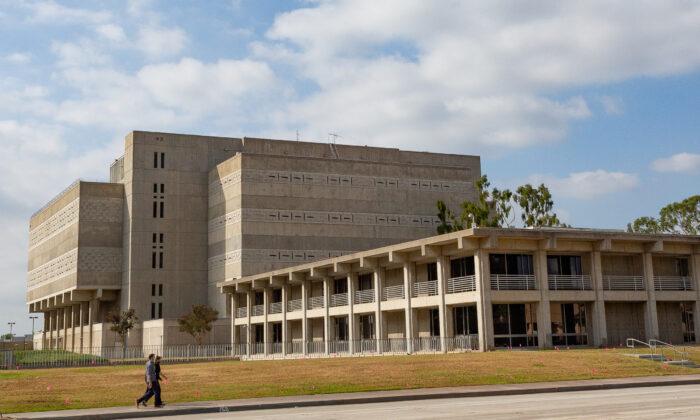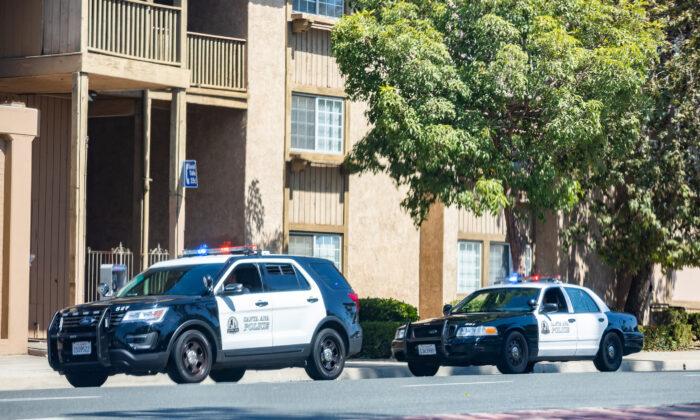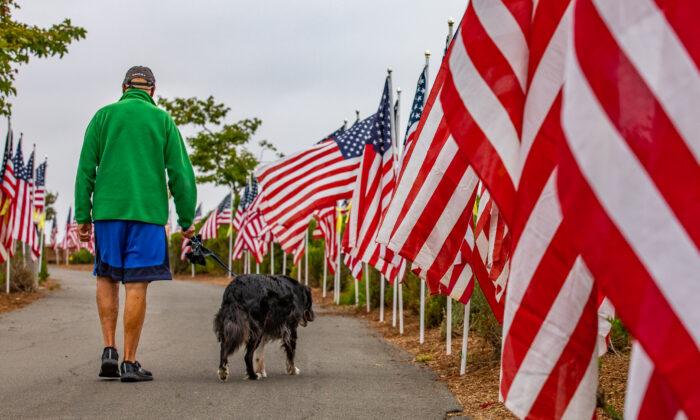More than two months after ordering Orange County Sheriff Don Barnes to reduce the county’s prison population by half, a judge says he’s “satisfied” with his COVID-19 mitigation efforts.
However, the ongoing lawsuit is not over.
“Just to be clear in what I’m saying today: This does not moot the lawsuit or moot the issues, but what it does establish is that as of this date, I am satisfied that the sheriff is acting in substantial compliance with the court’s orders in reducing and managing [the] inmate population,” Superior Court Judge Peter J. Wilson said during a Feb. 16 court hearing.
The judge’s words came after Orange County attorney Kevin Dunn said that the current arguments of the court have completely changed from the original American Civil Liberties Union (ACLU) lawsuit, which said that county inmates were being hurt from a COVID-19 outbreak in jails.
“The bottom line is the court gave us an opportunity to demonstrate that we could achieve 50 percent for [COVID-19] individuals in all congregate housing settings across the jail, and we delivered in spades,” Dunn told the court. “We came through and delivered exactly what our offer of proof was. We told the court we would do this, and we did.
“This case currently is so far removed from the original circumstances that gave rise to the potential relief here that the matter should be dismissed for lack of jurisdiction presently.”
There were currently 3,177 inmates in county jail as of Feb. 16, with 13 of them currently positive for COVID-19, Dunn said.
Additionally, the Women’s Central Jail, which had been closed as part of a capital improvement project to improve disability access within the facility, is using completed portions of the jail to house 184 male COVID-recovered inmates as of Feb. 10, in order to improve social distancing.
Dunn also told the court that in an effort to increase social distancing, there have been nearly 200 inmates moved to state prison facilities by the California Department of Corrections and Rehabilitation.
The court also discussed a “cohorting model,” which is the idea that a group of inmates sharing a cell block and the same general areas can help reduce the spread of COVID, similar to a family staying inside a house together.
The model didn’t sit well with ACLU lawyer Michelle Nelson.
“Regarding the two person cells, because we’re in a jail facility, there’s significant amounts of churn,” Nelson told the court. “There’s evidence that there are upwards of 300 new people that come into the facility every week. And so there’s no necessary cohorting going on, such two people staying in the same two person cell for any significant amount of time, given the highest likelihood that people are turning over in both entering and leaving the facility.
“So, that cohorting model, it may make some sense if there was a guarantee that cohorting was very strictly enforced, but unfortunately in a jail environment, given the high degree of churn, it’s unlikely that the same cellmates are assigned for significant amounts of time.”
Dunn refuted her comments, noting that new inmates quarantine for 14 days prior to entering the main jail environment or being placed with a cellmate. They are also tested before entering the general population, he said.
“It’s a bit of a red herring to say that the fact that new individuals come into the jail compromise the situation,” Dunn said. “They don’t. They go into a quarantine, and only after they’re deemed safe and tested would they be assigned to a two-person cell with another similar individual.”
The hearing ended with Wilson scheduling a March 26 status conference to receive an update on the jail’s status and mitigation efforts.





